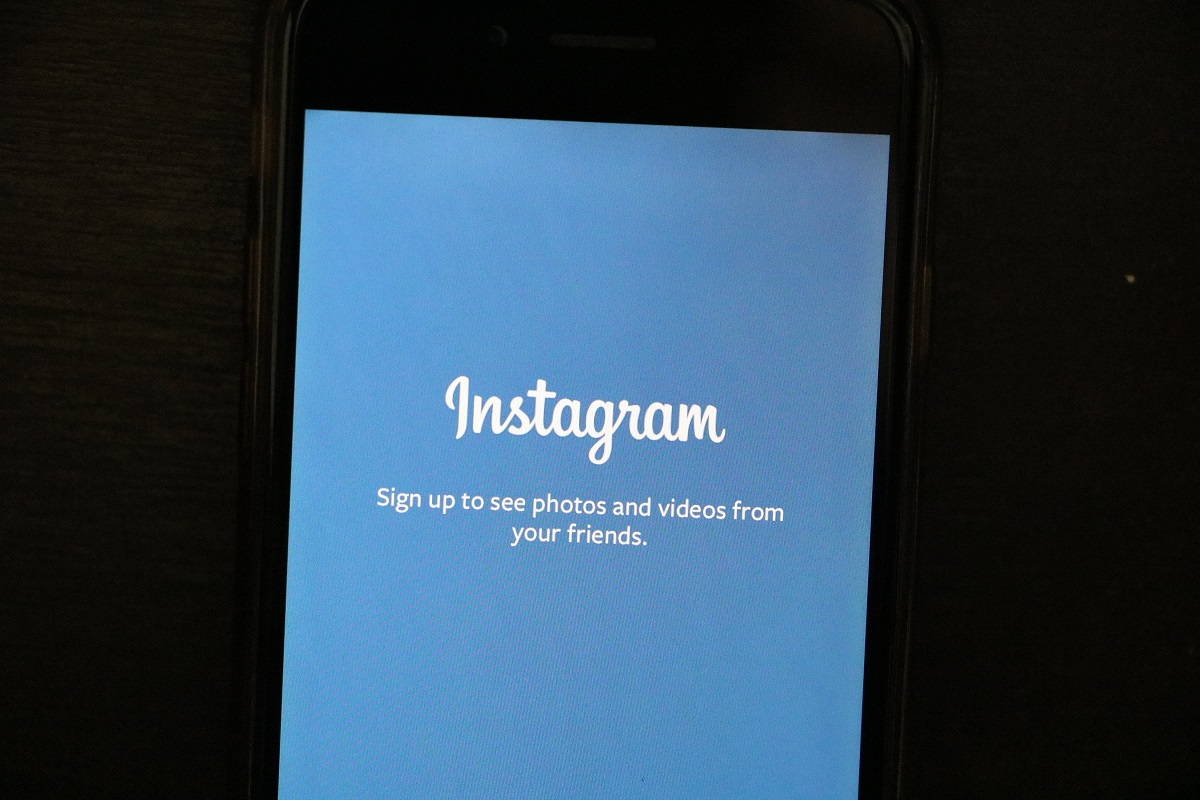Regardless of its addictive nature, using Snapchat comes at a cost, and discussions surrounding Snapchat data tracking have persisted for an extended period.
Digital Self-Defense on Snapchat is a major concern today. Since its inception, Snapchat has undergone numerous updates, modifications, and the introduction of new features, propelling it to become the most popular and widely used app among its counterparts. However, this ubiquity has led to a growing concern among users, as Snapchat has become deeply ingrained in their lives. Controversies surrounding Snapchat’s data tracking practices have further intensified these concerns.
While social media is taking away the privacy of everyone. The fact remains that it is particularly dangerous for women to post their pictures on social media. At the same time, sharing location on Snapchat can be further dangerous.
Regardless of its addictive nature, using Snapchat comes at a cost, and discussions surrounding Snapchat data tracking have persisted for an extended period. To gain a deeper understanding of this issue, let’s delve into this article and explore the intricacies of data tracking on Snapchat.
Exploring the Snapchat Data Tracking Period:
If we talk of Digital Self-Defense on Snapchat. The Snapchat tracker has gained notoriety for its ability to collect various types of data from its users. Upon signing in to Snapchat, users are required to provide basic details and in-app data. Subsequently, agreeing to the terms and conditions grants the app access to private data. Once users consent to these terms, they effectively allow the app to access their data.
In addition to this, Snapchat also gathers information in the form of snaps or chats. Consequently, any personal information shared on Snapchat is stored by the Snapchat data tracking system. For privacy reasons, it is advisable not to share private data on Snapchat, given the potential implications of data tracking activities.
What Other In-App Information Does Snapchat Collect?
Typically, the data gathered by Snapchat’s data tracking serves the primary purpose of creating user profiles. Information such as your interactions, the date and time of communication with mutuals and friends, and more, is stored within Snapchat. Beyond this, Snapchat is privy to details such as your phone model, the software version installed on your device, and other applications you have on your device. This collective data contributes to the formulation of unique user profiles, presented on your account as recommendations by Snapchat and utilized for advertising.
Moreover, Snapchat possesses information about the mobile or wireless network you use, making use of various trackers such as the Snapchat username tracker, Snapchat score tracker, and Snapchat location tracker. While users may not contest the data access, as it is a voluntary decision made during the initial sign-up for Snapchat, it is crucial to recognize that the data collected extends beyond the platform.
The Snapchat stores retain information from your website visits, including details about your device, IP address, visit frequency, the type of web browser in use, and more.
Snapchat Data Tracking Through Third-Party Apps:
Similar to Facebook and Instagram, Snapchat’s data tracking extends to third-party apps. When signing up for any application, users agree to share information as outlined in the terms and conditions. This data proves beneficial for collaboration with other companies, enabling tech companies to provide targeted ads and recommendations based on the information collected by the Snapchat data tracker. It is essential to bear in mind that the data collected doesn’t solely remain within Snapchat’s purview, emphasizing the uncertainty of privacy and safety.
How Can You Limit Snapchat Tracker Access to Your Data?
While it may be challenging to completely restrict Snapchat’s access to private data, users can take steps to limit the extent to which their personal information is utilized. The following steps outline how users can curb third-party apps from accessing their data:
- Launch the Snapchat app on your phone and tap on the top right corner of the screen.
- Locate the settings gear icon in the top right corner of the screen.
- Scroll down to the ‘ads’ option and tap on it.
- Under the ‘ads’ option, find three checkboxes: audience-based, activity-based, and third-party network-based. Uncheck these options according to your preferences.
By following these steps, users can actively manage and limit Snapchat data tracking through third-party apps.
Here’s a step-by-step guide on how to actively stop Snapchat data tracking through the following three methods:
1. Adjusting Ad Settings in Snapchat:
Launch the Snapchat app on your phone and tap on the top right corner of the screen.
A settings gear icon will appear in the top right corner of the screen.
Scroll down until you find the ‘ads’ option and tap on it.
Under the ‘ads’ option, you’ll see three checkboxes: audience-based, activity-based, and third-party network-based. Uncheck all these options or customize according to your preferences.
With these four simple steps, you can effectively limit Snapchat’s data tracking through the mentioned three methods.
2. Blocking Targeted Apps on Snapchat:
- Open the Snapchat app on your phone, then select Settings.
- Scroll down until you find the ‘ads’ option, similar to the previous step.
- Under the ‘ads’ option, look for the ‘lifestyle and interests’ section and tap on it.
- To disable targeted ads, uncheck all the boxes, especially those you wish to block.
By repeating these steps according to your preferences, you can prevent targeted apps from accessing your data. This process allows you to take control and halt Snapchat from accessing your private information and gathering data that you consider personal.
Follow Techolds for more details!





